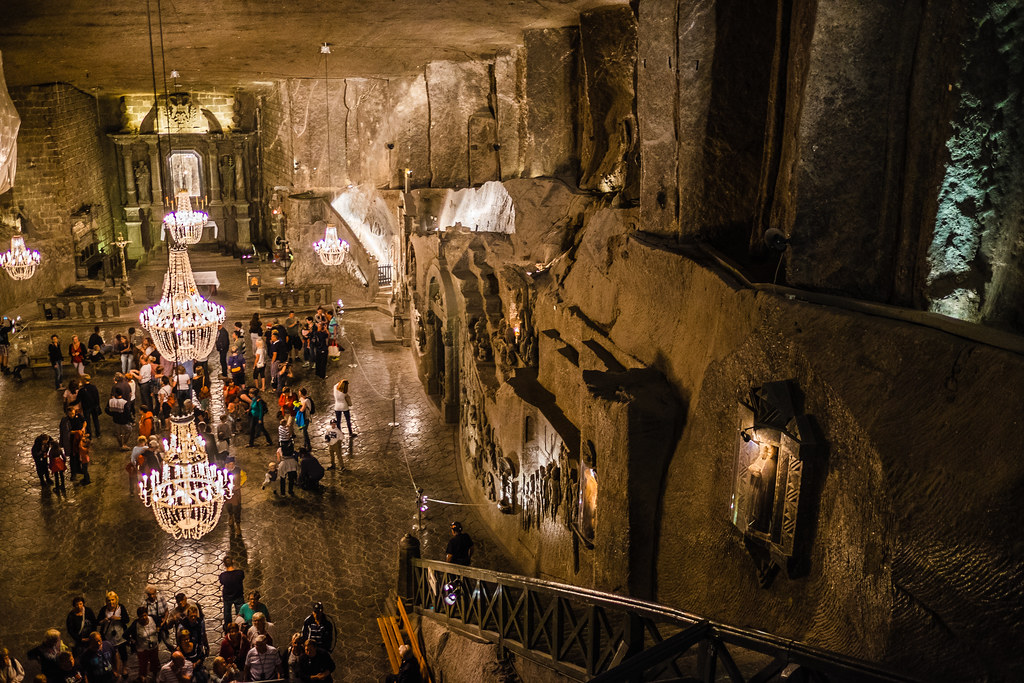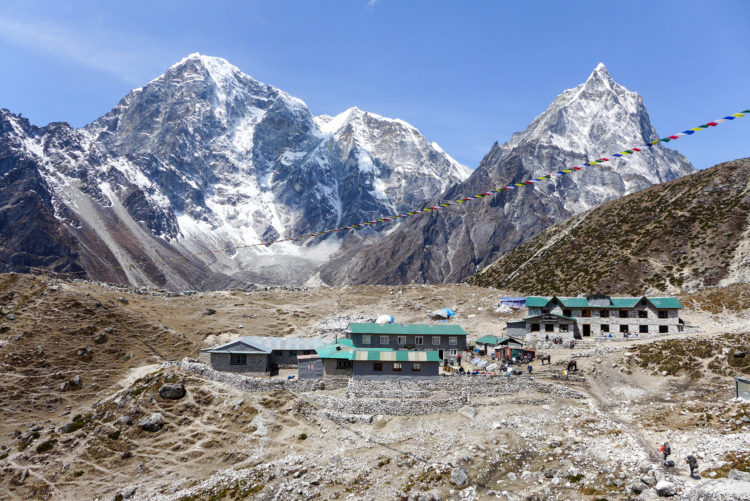Poland’s Unknown UNESCO Sites
UNESCO sites are important for their cultural, environmental or historic significance, which also means they make for fascinating and often beautiful areas to visit and engage with when travelling. One country with a number of high-profile UNESCO sites is Poland, with stunning locations like the historic centers of Warsaw and Krakow, Centennial Hall in Wrocław and the picturesque Malbork Castle.
The popularity of these sites ensure they are frequented by tourists, however, some of the lesser-known yet equally interesting and important UNESCO sites in Poland go unseen by the majority of visitors. The added benefit of these less popular locations is that you have the opportunity to better engage with the history surrounding the site, sans crowds.
Crucially some of these sites – such as nature monuments and wooden churches – are simply more fragile and prone to damage. We might be one of the last generations to witness their unique beauty. In this article, we highlight some of the key places to visit that are off the beaten track.
Explore churches
With a long religious history, it is no surprise that select Polish churches have made it onto the UNESCO list. Although these sites are much lesser known than the other more popular sites, they offer a fascinating look into the religious background of the area.
First, there’s the unusual looking wooden churches constructed in Southern Lesser Poland and located in Gorlice, Nowy Targ, Bochnia and Brzozów counties. These churches provide brilliant examples of the diversity of techniques used in building medieval cathedrals in Roman Catholic culture. These examples are unique due to their timber construction, leading to an entirely different look and feel to other Polish Gothic architecture. Similar sites were built in brick or stone like the famous St. Mary’s Church in Krakow, the capital of Lesser Poland region.

With the two surviving structures receiving UNESCO status in 2001, another interesting example of timber framed religious buildings is the Churches of Peace. Located in the Lower Silesian Voivodeship, three churches were permitted to be built by the Lutherans outside the city walls and were only to be made of wood, straw and loam. Despite building restrictions, these churches employed innovative building solutions to create three of the largest timber-framed buildings in Europe. While these buildings may be less visited, their stunning interiors are certainly worthy and interesting examples of local religious history.
A walk in the woods
Covering over 1500 km2 of land and uniquely one of the last and largest remaining areas of the huge primeval forest that used to span across the European Plain, the Białowieża Forest offers a tantalizing look into Poland’s natural past. One of the key attractions is its diversity of flora and fauna, including many rare plants, animals and birds. Counted among these are the 800 European Bison called żubr, Europe’s largest land animal, that call the forest home.

Being a UNESCO site protects this wooded area from being logged like much of the rest of the landscape has been in previous years. However, the current Polish administration is threatening to overturn the law that protects this space, so it is recommended that you visit this site as soon as possible.
Underground explorer
Two hidden gems – or should we say, crystals – often missed by visitors to Poland are those of the Wieliczka and Bochnia salt mines, both located South-East of Krakow. These mines not only provide an eerie trip through underground passages and dark caverns, but they also give insight into tens of generations of work and prosperity for the Polish population.
The Bochnia mine was born out of an excavating plant dating back to 1248 and continued to operate until it became a registered historical monument in 1981. In contrast, the Wieliczka mine also has a rich cultural history but today boasts further attractions such as a wellness spa and accommodation.

Yet another lesser-known UNESCO mining site in Poland is that of the Historic Silver Mine in Tarnowskie Góry. This museum offers further insight into the history of the region, with a inside look at the previously prolific industry.
Go to town
Although the old towns of Warsaw and Krakow are high on the list of better-known sites to visit in Poland, there is another lesser known square on the UNESCO list located in Zamość. This district was modeled on the Italian theory of the ‘perfect city’ and according to UNESCO, “is a perfect example of a late-16th-century Renaissance town. It has retained its original layout and fortifications and a large number of buildings that combine Italian and central European architectural traditions.”

There are many Polish UNESCO sites worth straying off the beaten path to see and experience. Visiting these sites is extremely rewarding, providing unique insight into religious history of timber-framed churches, the environmental importance of the Białowieża Forest and the industrial lessons of the salt and silver mines. And while these sites are historically, culturally and religiously significant, many of them are in states of decline due to their fragile nature and may not be open to visitors in the long-term. This means, there’s no better time to add Poland to the top of your travel bucket list.
What are your favourite UNESCO heritage sites to see in Poland? Share with us in the comments below!
Jules Bukovsky
Latest posts by Jules Bukovsky (see all)
- Poland’s Unknown UNESCO Sites - September 12, 2017








 Almost all the tea houses in
Almost all the tea houses in 











